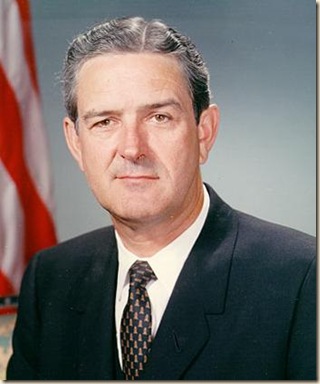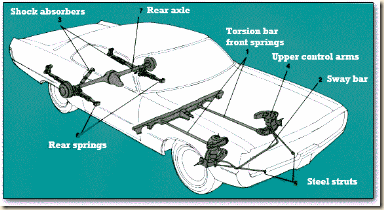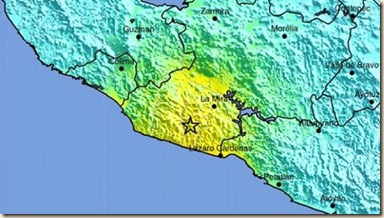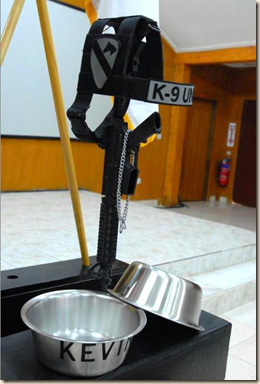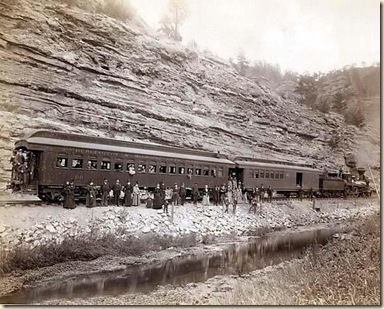There’s an old saying that goes “If you can’t dazzle them with brilliance, baffle them with bullshit.”
As clever as that may sound, it just doesn’t work!
99% of time, it will lead to a very unpleasant experience for both the baffler and the intended bafflee. Okay, bafflee is a made-up word, but all words are made-up words, so let’s just go with it. I’m sure you know what I mean.
As a color copier technician, I had to deal with graphic designers and computer wizards whose daily job required them to perform miracles. Often they were operating a Mac the size of a Volkswagen with multiple 42 inch screens, doing things to images that should not have been possible. I learned very quickly that if I, with my limited computer/networking knowledge, did not understand the problem, I damn well better say so – admit my ignorance, and work from there.
Once past that hurdle, we were able to work as a team to address their concerns. Somehow, the problem always got fixed, or we devised an acceptable work-around.
Recently, I have experienced the B/S approach from the consumer’s standpoint. It is infuriating, frustrating to say the least, and whatever the outcome, it leaves you with a very negative attitude toward the company the baffler represents.
Just a couple examples:
· Our fifth-wheel has a ceiling fan. Last year, when closing up, one of the slides caught a fan blade and broke it. The service manager at the RV place tried to convince me that this was “normal” – that we had just been lucky it hadn’t happened before - and somehow the broken fan blade was my fault.
· In order to have full functionality, our DirecTV DVR requires internet access. When it was installed a year ago, I ran a new CAT-5 cable from the DVR to the wireless router in the office at the other end of the house. It worked fine for almost a full year, then recently the DVR lost connectivity and would not reconnect. Before calling for service, I pulled the cable from the DVR and plugged it into my laptop; it connected immediately. When the technician arrived, he said that the DVR was not the problem; the LED on the back of the DVR lit up when the cable was plugged in so it had to be working.
WRONG!
To make matters worse, he seemingly proved his point by plugging in a wi-fi adapter which actually did work after I showed him how to program in the network password. His “fix” only lasted about 24 hours, and he was back two days later to replace the DVR – what I knew needed to be done to begin with.
As frustrating as these situations may be for the service representative, believe me, it is a thousand times more frustrating for the customer. For your own sake, just tell me the truth. If you try to fake it, even if the problem is resolved to my satisfaction, I’ll never trust you again.



